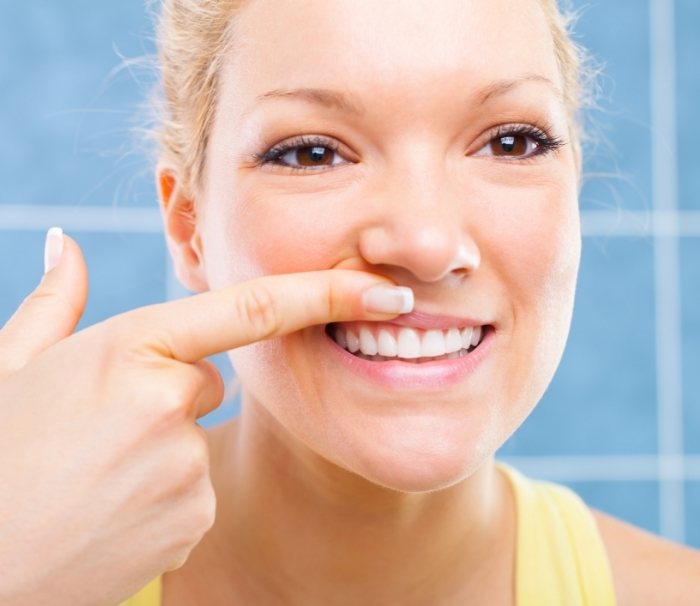Clubitis disease is an emerging health concern that has garnered significant attention in recent years. Often misunderstood, this condition affects various aspects of physical and mental well-being. Understanding its treatment options is crucial for those seeking relief and recovery. This article will explore the disease in depth, offering actionable insights into managing and treating clubitis effectively.
As the prevalence of clubitis continues to rise, it is essential to separate fact from fiction. This article will provide a thorough examination of the disease, including its symptoms, causes, and treatment options. Whether you are newly diagnosed or supporting someone affected by clubitis, this guide will serve as a valuable resource.
Our focus is on delivering evidence-based information, ensuring you are equipped with the knowledge to make informed decisions about your health. Let’s delve into the world of clubitis disease treatment and uncover what it entails.
Read also:Ebonee Smino The Rising Star Redefining Contemporary Rampb
Table of Contents
- Introduction to Clubitis
- Symptoms of Clubitis
- Causes of Clubitis
- Diagnosis Process
- Treatment Options
- Lifestyle Changes for Managing Clubitis
- Medications for Clubitis
- Alternative Therapies
- Prevention Strategies
- Future Research Directions
- Conclusion
Introduction to Clubitis
Clubitis disease is a complex condition that affects multiple systems in the body. It is characterized by chronic inflammation, often leading to discomfort and impaired functionality. While its exact origins remain a subject of ongoing research, advancements in medical science have shed light on potential causes and effective treatments.
The impact of clubitis extends beyond physical health, affecting mental well-being and quality of life. Recognizing the early signs and seeking timely intervention are critical steps in managing the disease effectively.
Understanding the Scope of Clubitis
Clubitis affects millions globally, with varying degrees of severity. According to the World Health Organization (WHO), the incidence rate has increased by 15% over the past decade, highlighting the urgent need for awareness and education.
Symptoms of Clubitis
Identifying clubitis symptoms early can significantly improve treatment outcomes. Common indicators include persistent joint pain, swelling, and fatigue. Below are some key symptoms to watch for:
- Chronic joint stiffness, especially in the morning
- Redness or warmth around affected areas
- Decreased range of motion
- Generalized weakness or lethargy
Hidden Symptoms to Be Aware Of
In some cases, clubitis may present with less obvious symptoms, such as mood swings or cognitive difficulties. Consulting a healthcare professional is essential if you experience any of these signs.
Causes of Clubitis
The exact cause of clubitis remains unclear, but several factors contribute to its development. These include genetic predisposition, environmental triggers, and lifestyle choices. Recent studies suggest that immune system dysregulation plays a pivotal role in the onset of the disease.
Read also:Slickstevie Net Worth The Untold Story Of Success And Achievements
Environmental Triggers
Exposure to certain environmental factors, such as pollutants or allergens, may exacerbate clubitis symptoms. Limiting exposure to these triggers can help mitigate the disease’s progression.
Diagnosis Process
Diagnosing clubitis involves a comprehensive evaluation by healthcare professionals. This includes reviewing medical history, conducting physical examinations, and utilizing diagnostic tests. Blood tests, imaging studies, and genetic testing may be employed to confirm the diagnosis.
Diagnostic Tools
- Anti-CCP antibody test
- Rheumatoid factor (RF) test
- MRI or ultrasound scans
Treatment Options
Clubitis treatment aims to alleviate symptoms, improve function, and prevent long-term damage. A combination of pharmacological and non-pharmacological approaches is often recommended for optimal results.
Pharmacological Interventions
Medications such as nonsteroidal anti-inflammatory drugs (NSAIDs), disease-modifying antirheumatic drugs (DMARDs), and biologics are commonly prescribed. These treatments target inflammation and modulate immune responses.
Lifestyle Changes for Managing Clubitis
Adopting a healthy lifestyle can complement medical treatments and enhance overall well-being. Regular exercise, a balanced diet, and stress management techniques are crucial components of managing clubitis effectively.
Exercise Recommendations
- Low-impact activities like swimming or cycling
- Strength training to build muscle support
- Stretching exercises to improve flexibility
Medications for Clubitis
Medications play a central role in clubitis disease treatment. It is important to work closely with your healthcare provider to determine the most suitable options based on your specific needs.
Side Effects and Management
While medications offer relief, they may also cause side effects. Monitoring and managing these side effects is vital for maintaining treatment adherence and effectiveness.
Alternative Therapies
Complementary therapies, such as acupuncture, massage therapy, and herbal supplements, are gaining popularity among individuals with clubitis. While these approaches may not replace conventional treatments, they can provide additional benefits.
Evaluating Effectiveness
Before incorporating alternative therapies into your treatment plan, consult your healthcare provider to ensure safety and efficacy.
Prevention Strategies
Preventing clubitis involves addressing modifiable risk factors and adopting preventive measures. Maintaining a healthy lifestyle, avoiding known triggers, and undergoing regular health screenings are effective strategies for reducing the risk of developing the disease.
Early Intervention
Early detection and intervention are critical in preventing the progression of clubitis. Regular check-ups and open communication with healthcare providers can facilitate timely diagnosis and treatment.
Future Research Directions
Ongoing research aims to uncover new insights into clubitis disease treatment. Advances in genetic research, personalized medicine, and innovative therapies hold promise for improving outcomes for individuals affected by the condition.
Potential Breakthroughs
Emerging technologies, such as gene editing and immunotherapy, may revolutionize the way clubitis is treated in the future. Staying informed about these developments can empower patients to make proactive decisions about their care.
Conclusion
In summary, clubitis disease treatment encompasses a multifaceted approach that addresses both physical and emotional aspects of the condition. By understanding the symptoms, causes, and available treatments, individuals can take control of their health journey.
We encourage you to share this article with others who may benefit from the information. Your feedback and questions are valuable, so feel free to leave a comment below. For more insights into health and wellness, explore our other articles and resources.



